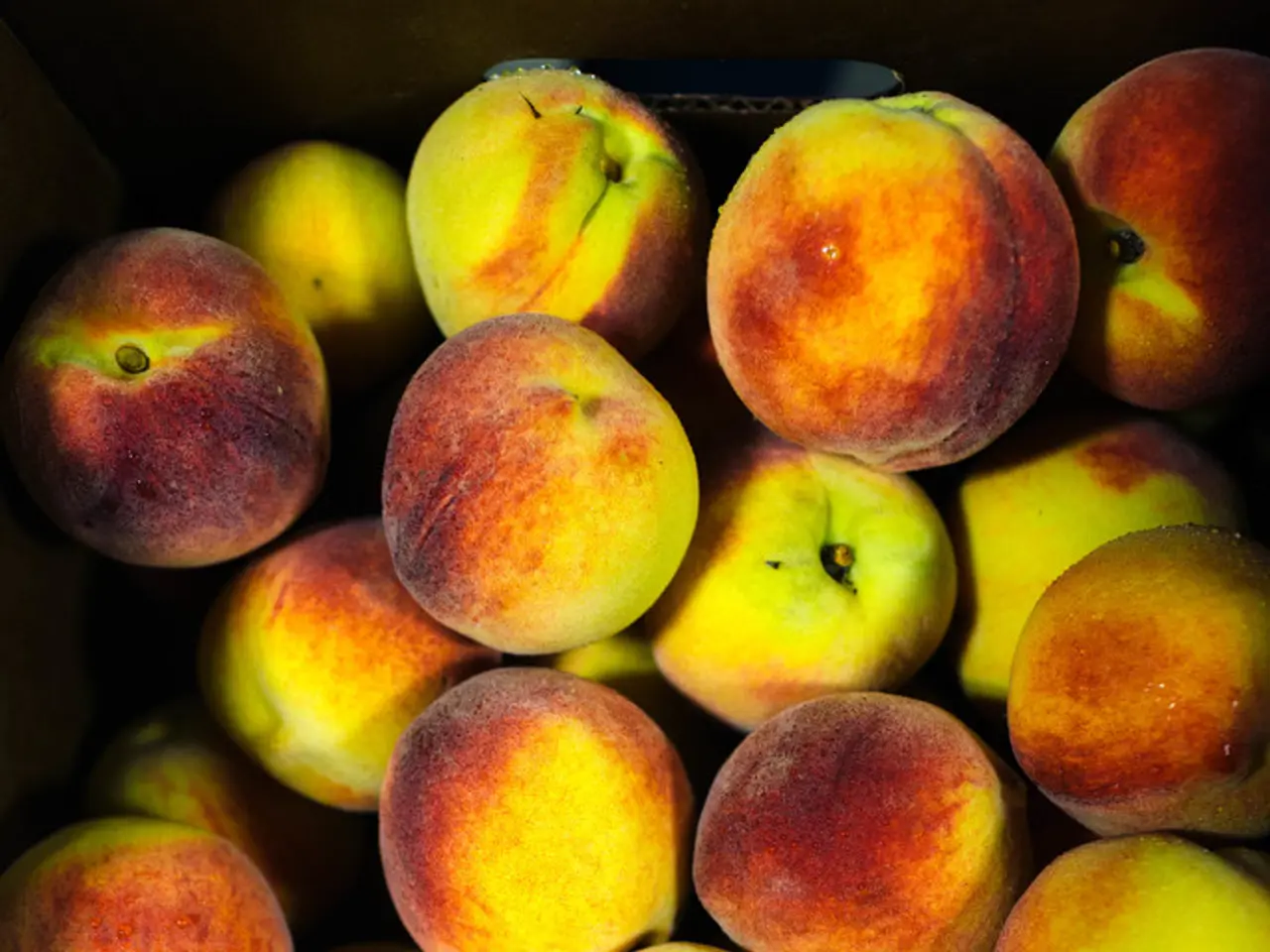Fungal Infection Affecting Apples Known as Powdery Mildew
Apple powdery mildew, caused by the fungus Podosphaera leucotricha, is a common issue in apple orchards. The fungus overwinters primarily on infected twigs showing silvering symptoms and in dormant buds.
In spring, primary infections emerge from these overwintering sites as fungal growth on new shoots and flower clusters. If left untreated, the fungus produces abundant spores that disperse and cause secondary infections throughout the growing season, affecting leaves, shoots, flowers, and fruit, resulting in distorted, curled leaves with a characteristic white powdery coating.
Lifecycle key points:
- Overwintering: Fungus survives on infected woody tissues (silvered twigs, dormant buds).
- Primary infections: Appear in early spring on new shoots and flower clusters.
- Secondary infections: Spore production leads to spread within the canopy during the season.
- Conditions: Thrives in humid, shady environments with mild temperatures, with an optimum temperature range of 66 to 72 degrees F and relative humidity greater than 90%.
Control methods include:
- Cultural control:
- Prune and destroy infected shoots and flower clusters in early spring before spores spread to limit primary infections.
- Remove overwintering infected twigs during winter pruning to reduce sources of inoculum, though symptoms on twigs can be hard to identify.
- Prune trees to develop an open canopy, improving air circulation and reducing humidity conducive to fungal growth.
- Maintain tree vigor through proper watering and nutrition to reduce susceptibility.
- Chemical control:
- Apply sulfur-based or specific fungicides targeting powdery mildew during vulnerable stages in spring and early summer.
- Use resistant apple varieties when available to minimize disease impact.
- Monitoring:
- Regularly scout for symptoms such as white powdery patches and leaf curling.
- Remove and destroy infected tissues promptly to prevent spore dispersal.
Effective disease management relies on integrating pruning practices that remove overwintering inoculum, monitoring for early symptoms, and timely fungicide applications to prevent spread and minimize yield loss and fruit quality deterioration.
For the most current fungicide recommendations and spray schedules, backyard growers are referred to Bulletin 780 and commercial growers to Bulletin 506. This fact sheet was originally published in 2008.
[1] Bulletin 506. (2008). Managing Apple Scab. University of Massachusetts Extension. [2] Bulletin 780. (2008). Controlling Apple Scab and Powdery Mildew. Cornell Cooperative Extension. [4] Fungal fruiting bodies, known as black specks, are not crucial in the disease cycle. [5] Non-germinated powdery mildew spores can tolerate hot dry conditions and may persist until favorable conditions for germination occur. Infected terminals may have a silvery gray color, stunted growth, and a misshapen appearance and are more susceptible to winter kill than are noninfected terminals. Diseased leaves become narrow, crinkled, stunted and brittle. Infected twigs stop growing and become stunted, and in some cases may be killed back. Diseased fruit has a fine-network type of surface blemish called russetting. Infected blossoms shrivel and produce no fruit. Under optimum conditions, powdery mildew can be obvious to the naked eye 48 hours after infection. Temperatures near -18 degrees F kill a majority of mildewed buds and the fungus within them. Planting trees in sunny locations with good air drainage can reduce the chances of powdery mildew. Even at lower temperatures, some powdery mildew survives.
- Implementing a comprehensive pest management strategy for apple powdery mildew involves integrating pruning practices to remove overwintering inoculum and improve health-and-wellness of the trees, monitoring for early symptoms, and using sulfur-based or specialized fungicides as chemical control methods during susceptible stages, for effective disease management.
- Science plays a significant role in managing apple powdery mildew, as understanding the fungus' lifecycle, such as its overwintering sites, optimal conditions for growth, and the impact of medical-conditions like humidity and temperature, helps in developing preventive strategies and fitness-and-exercise routines like pruning and proper nutrient management for tree vigor.




